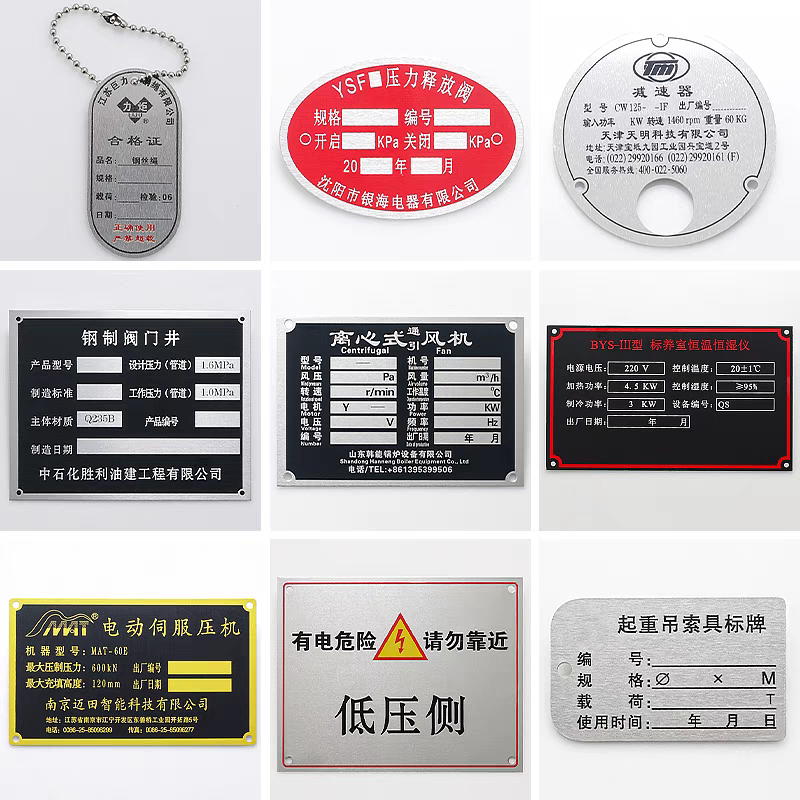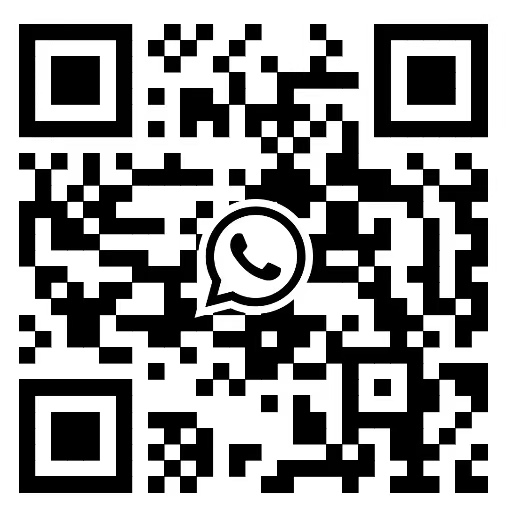Utility poles are the unsung heroes of our modern infrastructure, silently lining our streets and highways, carrying the vital networks that power our homes, connect our phones, and deliver the internet. But have you ever noticed the small metal plates, stickers, or painted markings on these poles? Far from random graffiti, these are utility pole identification tags – critical tools for managing our complex utility infrastructure. Understanding what they are and how they work reveals a hidden language essential for safety, efficiency, and reliability.

Here are 7 key aspects that define the world of utility pole identification tags:
The Core Purpose: Identification, Inventory, and Management
At its most fundamental level, a utility pole identification tag is exactly that: a unique identifier. Imagine managing thousands, even millions, of poles spread across vast territories. Without a unique ID, locating a specific pole for maintenance, repair, or inspection would be like finding a needle in a haystack.
These tags serve as the backbone of utility Geographic Information Systems (GIS) and asset management databases. Each tag links the physical pole to a wealth of digital information: its location (GPS coordinates), installation date, material (wood, concrete, steel), height, class (load-bearing capacity), ownership, attached equipment (transformers, switches, communication gear), inspection history, and maintenance records.
This precise identification enables efficient work order management, accurate billing (especially when multiple utilities share a pole), strategic planning for upgrades or replacements, and rapid response during outages or emergencies. Utility pole identification tags transform anonymous structures into manageable assets.
Physical Forms and Materials: Tags, Plates, Paint, and More
Utility pole identification tags come in diverse physical forms, chosen for durability, visibility, cost, and utility preference:
Metal Tags: Often aluminum or stainless steel, stamped or engraved with the ID. These are highly durable, resistant to weather and vandalism, and typically attached with nails or rivets. They are the most common and permanent solution.
Plastic or Vinyl Labels/Stickers: These adhesive labels are cost-effective and easy to apply. They often include barcodes or QR codes for scanning. While less durable than metal, modern materials offer significant weather resistance. They are popular for retrofitting or on newer poles.
Painted Markings: Numbers and letters are sometimes stenciled directly onto the pole using durable paint. While inexpensive, painted tags can fade over time and are more susceptible to damage from weather or pole treatments. They are often used as a secondary identifier or in conjunction with a physical tag.
Embossing/Branding: On wooden poles, the ID might be burned or embossed into the wood itself during treatment or installation. This provides a very permanent mark but is less common for complex IDs.
Placement is also standardized, usually 6-8 feet above ground level for visibility to ground crews, avoiding areas prone to damage from equipment or vegetation.
Decoding the System: Understanding Tag Formats and Conventions
There's no single universal standard for utility pole identification tag formats. However, common patterns exist:
Sequential Numbering: Simple numerical sequences within a specific area or circuit (e.g., 127, 128, 129). Often combined with an area code.
Alphanumeric Codes: Combining letters and numbers is common. Letters often denote:
Ownership (e.g., PGE- for Pacific Gas & Electric, ATT- for AT&T, COM- for a communications company).
Circuit or Feeder name/number (e.g., FEEDER12-A).
Geographic area or zone (e.g., N12 for North Zone 12).
Examples: PGE-ALPHA-345, N12-CIRC7-128, ATT-5678, COM-Xfinity-127A.
Barcodes and QR Codes: Increasingly, physical tags include machine-readable codes. These can be scanned by field crews using mobile devices linked to GIS databases, instantly pulling up the pole's complete digital record – a massive efficiency boost over manual lookups. QR codes might also link directly to reporting portals for the public.
Color Coding: Sometimes the background color of a tag or sticker indicates ownership or primary function (e.g., red for electric, blue for communications, yellow for gas – though color standards can vary locally).
Who Uses Them? Stakeholders Relying on Pole Tags
Utility Field Crews (Electric, Telecom, Cable): The primary users. Utility pole identification tags allow linemen, technicians, and surveyors to:
Quickly locate the exact pole specified for maintenance, repair, or new connections.
Verify they are working on the correct asset.
Access historical data (e.g., when was it last inspected?).
Accurately report work completed on specific poles.
Engineers and Planners: Use the tags to reference poles in design documents, plan system upgrades, assess loading, and model network performance. The tag links the physical world to digital design tools.
Asset Management & GIS Departments: Rely on the unique IDs to maintain accurate inventories, track asset lifecycles, schedule replacements, and manage vast datasets associated with each pole.
One-Call Centers ("811" or "Call Before You Dig"): When excavators call to locate underground utilities, utility pole identification tags on nearby poles provide crucial above-ground reference points that locators use to map underground lines more accurately.
Emergency Responders (Fire, Police, EMS): During storms, accidents, or fires involving poles, the tag allows responders to instantly communicate the exact location and ownership to the relevant utility, speeding up response and restoration times significantly.
Contractors: Working on behalf of utilities need the tags to identify work locations accurately.
Regulatory Agencies: May use tags during audits or inspections to verify utility compliance with safety and maintenance regulations.

Safety and Liability: The Critical Role of Accurate Identification
Accurate utility pole identification tags are fundamentally a safety tool. Misidentifying a pole can have catastrophic consequences:
Energization Errors: Working on the wrong pole could mean crews mistakenly think a line is de-energized when it's live, leading to electrocution.
Delayed Response: In an emergency (downed wire, pole hit by a vehicle), not being able to instantly identify the pole and its owner delays critical response, prolonging dangerous situations and outages.
Structural Failures: Assigning work or attaching equipment to a pole without knowing its load rating (accessible via its ID record) risks overloading and collapse.
Liability is intrinsically linked:
Clear ownership identification via the tag determines responsibility for maintenance, repairs, and liability in case of accidents or damage caused by the pole or its attachments.
Accurate records tied to the ID are essential for insurance claims and legal proceedings.
Utility pole identification tags help prevent unauthorized attachments or work, reducing risks associated with uncoordinated modifications.
The Evolving Landscape: Technology and the Future of Pole Tags
The humble utility pole identification tag is getting smarter:
RFID (Radio-Frequency Identification): Embedding tiny RFID chips into tags allows for contactless scanning, even if the tag is dirty, damaged, or hard to see. This speeds up inventory checks and field data collection immensely.
Enhanced QR Codes: Linking directly to cloud-based databases, providing real-time data access, and enabling field crews to update records on the spot (e.g., adding inspection notes, photos of damage).
Integration with Drones: Drones equipped with cameras can automatically read pole tags and barcodes during aerial inspections, rapidly collecting ID and visual condition data for thousands of poles efficiently and safely.
Digital Twins: The unique ID is the key that links the physical pole to its "digital twin" – a virtual model containing its entire history, specifications, and real-time sensor data (if equipped). This enables predictive maintenance and advanced grid management.
Standardization Efforts: While still varied, there are ongoing industry efforts to promote more standardized utility pole identification tag formats and data sharing protocols, especially crucial for poles shared by multiple companies (joint use).
Public Interaction: What You Should (and Shouldn't) Do
Reporting Issues: If you see a damaged pole, downed wire, or suspicious activity near a pole, note the utility pole identification tag if it's safe to do so. Providing this ID (along with the location) to the utility or emergency services dramatically speeds up their response.
Never Remove or Tamper: Utility pole identification tags are critical infrastructure components. Removing, defacing, or tampering with them is illegal in most jurisdictions and poses serious safety and operational risks. It can hinder emergency response and cost utilities significant time and money to replace.
Understanding Limitations: While the tag identifies the pole itself, it doesn't necessarily provide direct contact information for the public. Report issues through the utility's official channels (phone, website, app).
"Call Before You Dig" (811): Always call 811 before any digging project, even if it's just planting a tree or installing a mailbox. The tags on nearby poles help locators do their job accurately, preventing you from hitting underground utilities and ensuring your safety.
Utility pole identification tags are far more than mundane bits of metal or plastic. They are the essential linchpins connecting the physical grid to the digital systems that manage it. They enable the safe, efficient, and reliable operation of the electricity, telecommunications, and cable services we depend on every minute of every day. From ensuring a lineman's safety during a storm repair to helping an ambulance dispatcher pinpoint a downed wire emergency, these small identifiers play an outsized role in our modern world. The next time you pass a utility pole, take a moment to look for its tag – it’s a small symbol of the vast, organized, and critically important infrastructure humming silently around us. Understanding their purpose and respecting their importance contributes to a safer and more resilient community for everyone.






